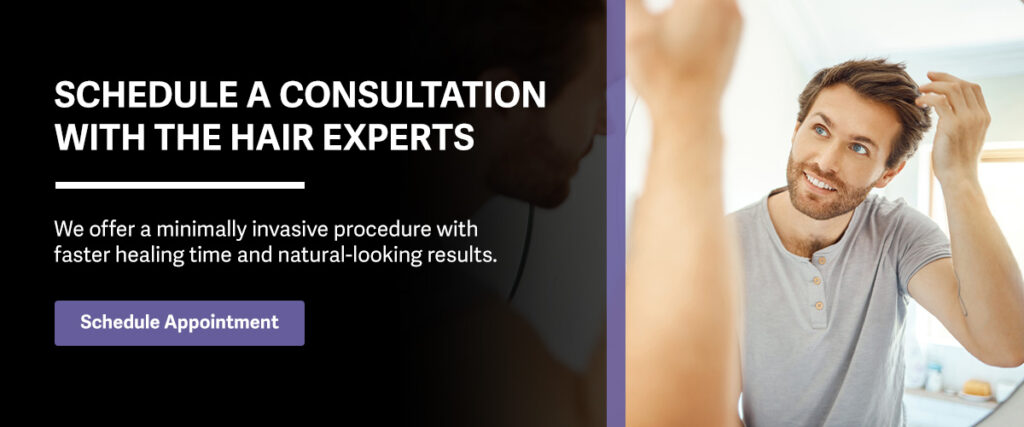Hair loss is a universal challenge that can affect anyone, regardless of age or gender. Many individuals find themselves grappling with bald spots or thinning hairlines, prompting them to explore various treatments. With an overwhelming number of products and procedures available, it can be daunting to determine what works best for your unique situation. This guide delves into several approaches to managing hair loss, highlighting their potential benefits and limitations.
Understanding Hair Loss
Hair loss is a natural part of the life cycle, but when it becomes excessive, it can be distressing. Various factors, including genetics, diet, stress, and underlying health conditions, can contribute to this condition. While complete prevention may be impossible, several strategies can help slow the process or enhance the appearance of existing hair.
1. Nutritional Interventions
Diet plays a crucial role in hair health. Consuming a balanced diet rich in protein, vitamin B, and omega-3 fatty acids can improve hair texture and strength. Foods like eggs, spinach, fish, chicken, and pork are excellent sources of these nutrients. While dietary changes alone won’t miraculously restore a full head of hair, they can enhance the quality and appearance of the hair you have.
2. Specialized Shampoos
Numerous shampoos claim to combat hair loss, but it’s essential to set realistic expectations. While no shampoo can completely halt hair loss, certain products can improve scalp health and hair thickness. Opt for shampoos with natural ingredients like rosemary, mint, and tea tree, which boost blood circulation to the scalp and nourish hair follicles. Avoiding sulfates and parabens can also be beneficial.
3. Stress Management
Stress is a common catalyst for hair loss. Addressing stress through therapy, mindfulness, or lifestyle changes can mitigate its impact on hair health. Once stress is managed, individuals can explore additional treatments to repair and enhance their hair.
4. Laser Light Therapy
Laser light therapy offers a non-invasive option for maintaining existing hair. While it doesn’t regrow hair, it can slow down hair loss. The treatment requires consistency and dedication, with sessions typically lasting 15 minutes a day, three times a week. The upside is the minimal side effects compared to surgical options.
5. Hair Transplant Surgery
For those seeking more immediate and noticeable results, hair transplant surgery is a viable option. In Palo Alto, advanced techniques like robotic hair transplants are available, though results can vary based on individual hair types. The two primary methods are:
- Strip Method: Involves removing a strip of hair from the back of the head and transplanting it to balding areas. This method may leave scars, particularly noticeable for those with short hair and requires about 10 days for recovery.
- Follicular Unit Extraction (FUE): A scarless approach where individual hair grafts are extracted and transplanted. This method allows for shorter hairstyles and typically heals within three to five days. In cases of significant baldness, body hair may be used for grafts.
Hair loss is a multifaceted issue with no one-size-fits-all solution. By understanding the available treatments and their potential outcomes, individuals can make informed decisions. Whether through nutrition, specialized hair care products, stress management, laser therapy, or surgical options, tackling hair loss is about finding the right balance and approach for your unique situation.
Consulting with Professionals

Given the complexity of hair loss, consulting with a physician or hair loss specialist is crucial. They can identify the underlying causes and recommend tailored treatments, potentially saving time and resources. These professionals can guide you through the options, whether it’s dietary changes, topical treatments, or surgical interventions, ensuring the chosen path aligns with your lifestyle and needs.



